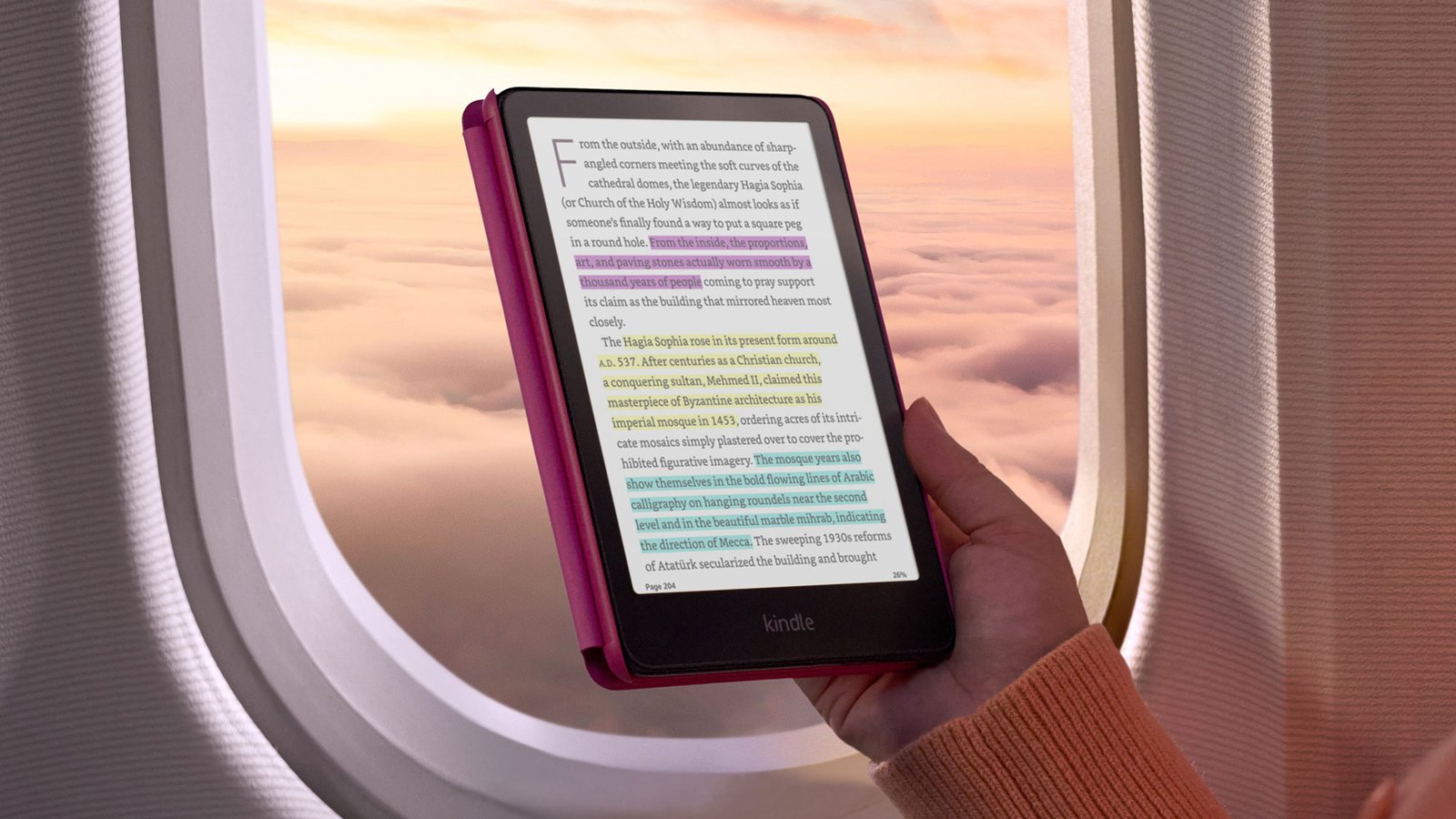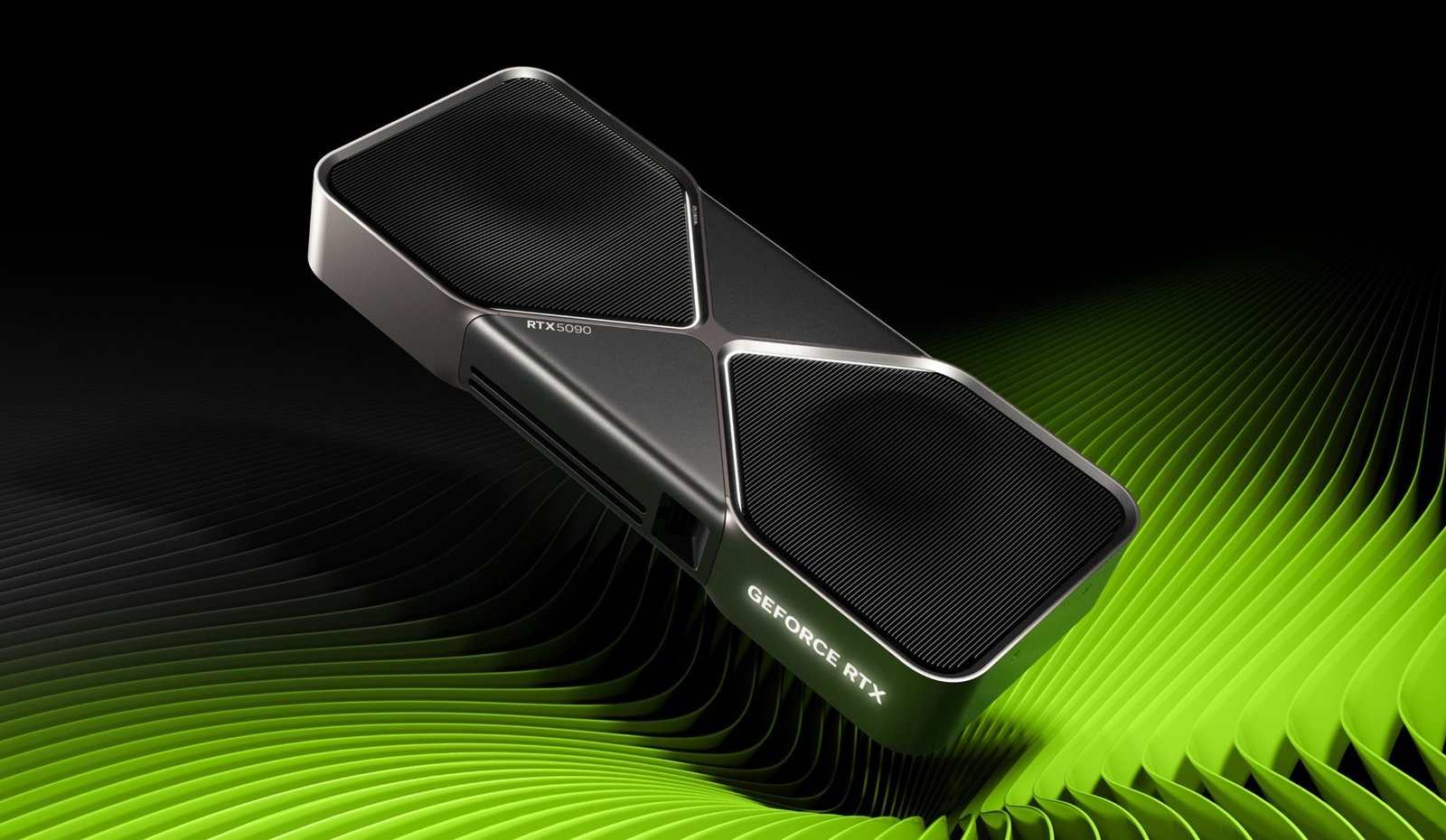Mixed Reality (MR) on the Meta Quest 3 is undergoing significant advancements, making virtual interactions in the physical world more realistic and immersive. This leap in technology is primarily attributed to the introduction of object shadows and highlights, enhancing the overall user experience.
Key Highlights:
- Introduction of Passthrough Relighting for realistic shadows and highlights on digital objects.
- Enhanced blending of physical and digital realities for a more immersive MR experience.
- Upgraded depth sensor and color passthrough cameras on the Quest 3.
- Expected improvements in mixed reality applications and games.
- Enhanced visual fidelity compared to previous Quest models.

How Passthrough Relighting Works
Passthrough Relighting leverages advanced algorithms to accurately replicate how light interacts with objects in the real world. This feature ensures that digital objects not only cast realistic shadows but also reflect and absorb light in a lifelike manner. By doing so, it creates a more cohesive and believable mixed reality space where digital and physical elements coexist seamlessly.
Enhanced Realism in Mixed Reality
The Meta Quest 3 is setting a new standard in MR with its latest update that significantly boosts realism. This is primarily achieved through Passthrough Relighting, a feature designed to allow developers to easily integrate realistic shadows and highlights into digital objects. The outcome is a seamless blend of the virtual and real worlds, vastly improving the user’s immersive experience.
Technical Advancements
Passthrough Relighting simplifies the previously complex process of creating realistic shadows and highlights in MR environments. With comprehensive documentation and reusable components, this feature is a game-changer for developers. It enhances the visual fidelity of MR by accurately casting digital shadows in the physical environment and vice versa.
Immersive Mixed Reality Experiences
The Quest 3’s improved MR capabilities are evident in applications like Figmin XR, which is set to incorporate Passthrough Relighting in its upcoming update. This advancement promises to make mixed reality applications more lifelike, enhancing the interaction between real-world surfaces and AR lights.
Upgraded Hardware
The Quest 3 boasts significant hardware upgrades, including three pill-shaped sensors, two color passthrough cameras, and a central depth sensor. This setup is a substantial improvement over the grayscale MR view of the Quest 2, offering a more lifelike rendering of the real world. Furthermore, the depth sensor enables a more accurate 3D mapping of the play area, which is crucial for immersive MR experiences.
Market Impact and Availability
The Quest 3, with its advanced MR capabilities, is positioned as a direct competitor to other high-end XR headsets expected in the market. Its combination of upgraded hardware, enhanced MR features, and a vast library of games and applications makes it a standout choice for VR enthusiasts.
The Meta Quest 3 is redefining the boundaries of mixed reality with its latest updates. By integrating realistic shadows and highlights, the device offers a more immersive and lifelike experience. These advancements not only enhance user engagement but also open new possibilities for developers in the realm of MR applications. With its improved hardware and software capabilities, the Quest 3 stands as a testament to the rapid progress in virtual reality technology.


















